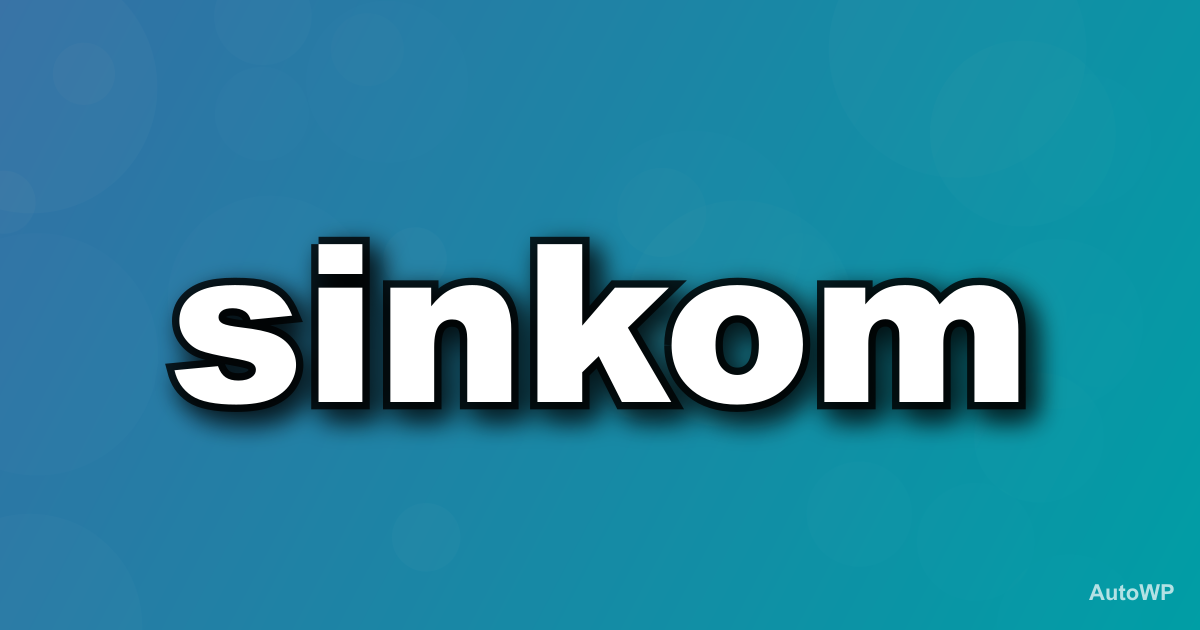As businesses continue their push toward digital transformation, SOA OS23 is emerging as a key framework for building modern, scalable, and cloud-native systems. In 2025, the growing demand for real-time applications, microservices, and hybrid cloud solutions has pushed organizations to adopt architectures that are flexible and service-driven. That’s where SOA OS23 comes in—a modern evolution of service-oriented architecture (SOA) that seamlessly blends with today’s microservices, API-first development, and DevOps practices.
Whether you’re a developer, enterprise architect, or tech decision-maker, understanding SOA OS23 is essential for creating resilient, agile digital ecosystems.
Table of Contents
- What is SOA OS23?
- Key Features of SOA OS23
- How SOA OS23 Differs from Older Architectures
- Business and Developer Benefits
- Real-World Use Cases
- Common Challenges and Considerations
- Industry Feedback and Trends in 2025
- How to Start Using SOA OS23
- Final Thoughts
What is SOA OS23?
SOA OS23 stands for Service-Oriented Architecture Operating Standard 2023, a cutting-edge platform for designing, deploying, and managing distributed systems. Unlike traditional SOA, which often relied on rigid protocols like SOAP, SOA OS23 is built for modern development environments. It supports containerized deployments, API-based services, and cloud-native orchestration using tools like Kubernetes.
Essentially, SOA OS23 acts as an intelligent backbone that connects and manages independent services while ensuring security, observability, and scalability.
Key Features of SOA OS23
Unified Service Directory
Every service is registered with complete metadata—like versions, endpoints, and dependencies—enabling dynamic service discovery without hard-coding.
Smart API Gateway
Supports REST, gRPC, and GraphQL with built-in load balancing, OAuth 2.0, and JWT-based authentication. Routing is context-aware and adaptable in real time.
Workflow Orchestration Engine
Use visual or declarative tools to design workflows across services, reducing manual coordination in complex systems.
Real-Time Observability
Built-in metrics and dashboards show traffic, performance, and errors. Integrations with Prometheus, Grafana, and ELK Stack enable deep operational insights.
Security by Design
Centralized security policies for role-based access control (RBAC), encryption, and audit trails. Services inherit rules automatically, minimizing human error.
Developer Tooling
Comes with SDKs, templates, and OpenAPI support, making it easier to build and test services from day one.
Scalable and Modular Architecture
Works out of the box with orchestrators like Docker Swarm and Kubernetes, enabling auto-scaling and fault tolerance across cloud or hybrid environments.
How SOA OS23 Differs from Older Architectures
| Feature | Traditional SOA | SOA OS23 |
|---|---|---|
| Protocols | SOAP, XML | REST, gRPC, GraphQL |
| Service Discovery | Manual | Dynamic |
| Security | Decentralized | Centralized |
| Monitoring | Limited | Real-time |
| Deployment | Monolith/VM | Container-based |
| Scalability | Static | Elastic, cloud-native |
| Developer Tools | Minimal | SDKs, templates, CI/CD |
SOA OS23 goes beyond traditional models, aligning with the latest in cloud architecture, DevSecOps, and API-led connectivity.
Business and Developer Benefits
Agility and Speed
Developers can quickly build, test, and deploy services with out-of-the-box automation and templates.
Elastic Scalability
Scale horizontally based on traffic, reducing infrastructure costs and improving user experience.
Resilience and Fault Tolerance
Automatic retries, timeouts, and circuit breakers prevent cascading failures.
Legacy System Integration
Pre-built adapters help you connect old systems without rewriting them entirely.
Speed to Market
Automated workflows and integrated CI/CD tools help deliver features faster.
Robust Security and Governance
Policy-driven controls make it easier to comply with data regulations and internal governance standards.
Real-World Use Cases
Modernizing Legacy Systems
Move from monolithic software to loosely coupled microservices without disruption.
API Management Platforms
Create secure, high-performance APIs for partners and mobile apps.
Cloud-Native Services
Build and manage services across public, private, or hybrid clouds with ease.
Process Automation
Automate multi-step business processes using visual workflows.
IoT and Real-Time Systems
Manage data from devices and sensors, using event-driven triggers and service chains.
Common Challenges and Considerations
While SOA OS23 offers powerful capabilities, it comes with its own set of challenges:
- Complex Onboarding: Initial setup may be overwhelming for teams without prior microservices experience.
- Performance Overhead: Service meshes and message passing can introduce latency.
- Governance Complexity: Without clear standards, service sprawl can occur.
- Higher Initial Costs: Requires investment in tooling, infrastructure, and training.
- Testing Complexity: Testing distributed systems is harder than monolithic applications.
- Change Management: Shifting development culture and retraining teams takes time.
Industry Feedback and Trends in 2025
Adoption of SOA OS23 is growing fast, especially among enterprises looking to modernize. Analysts predict that by the end of 2025, over 60% of global enterprises will use some form of cloud-native SOA framework.
Early adopters report major improvements in observability, deployment speed, and system reliability. However, most also emphasize the need for team training and strong governance to succeed.
For a detailed technical overview, refer to the official SOA OS documentation.
How to Start Using SOA OS23
- Evaluate Current Infrastructure: Identify which services or applications can benefit most from SOA OS23.
- Create a Roadmap: Begin with a small pilot project, such as modernizing a key service.
- Set Governance Rules: Define naming conventions, API standards, and security protocols.
- Automate Everything: Use Infrastructure-as-Code and CI/CD pipelines to reduce manual work.
- Upskill Teams: Provide training in microservices architecture, Kubernetes, and API-first development.
- Join the Community: Engage with open-source contributors and cloud-native forums for best practices.
Conclusion
SOA OS23 is a forward-looking framework designed for the challenges of modern digital infrastructure. With its blend of service orientation, microservices, cloud-native compatibility, and real-time monitoring, it offers a powerful foundation for innovation and growth.
If you’re planning to modernize your architecture or improve your system’s resilience and scalability, SOA OS23 should be on your radar. Don’t wait—start small, scale smart, and bring your digital vision to life.
For More Articles, click here



